When I was growing up in North Carolina, we had a huge garden. My mother hated to garden or pretty much anything to do with the Great Outdoors, but with three young children at home, she was thrifty. While Dad and we kids toiled in the soil, she came up with ways to use the vegetables of our labors.
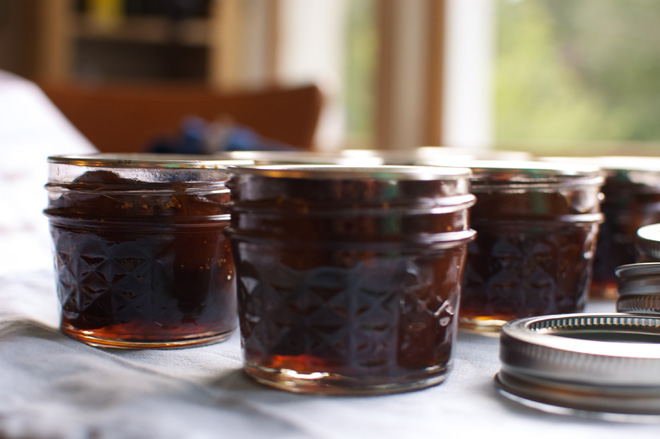
Fig jam preserves. Image credit: Flickr user Eunice.
This being the 1970s, she canned.
I can still see those green beans, their slightly dingy vert color in the quart jars, awaiting their ultimate destiny in a Three-Bean Salad or Green Bean Casserole. (My personal favorite is still made the old-fashioned way, with Cream of Mushroom soup and those crunchy store-bought onions on top.)
It sounds so antiquated, but, as the French say, plus ça change, plus c’est la même chose. The more things change, the more they remain the same.
As more people are looking for healthier and local food sources, food preservation is seeing a resurgence. When you pick up your share from the local CSA (Community Supported Agriculture), who hasn’t been left with bunches of things like kohlrabi? Or those bushels of peaches and red-ripe tomatoes that practically leap into your car at the farmers’ market?
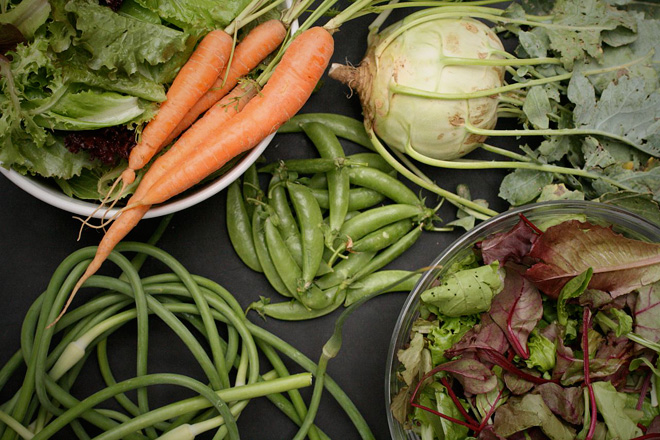
A CSA share with kohlrabi, among other vegetables. Image credit: Flickr user thebittenword.com.
Time-tested techniques like canning, drying and, in an homage to electricity, freezing, are breaking out in kitchens across America, says Sherri Brooks Vinton, one of the emerging doyennes of home food preservation.
“I don’t think everybody just flocked to their canners all of the sudden,” Brooks Vinton says. “It’s part of an organized progression to getting a CSA share or going to their local farmers’ market and wanting to hold on to that.”
Brooks Vinton didn’t start out to be some New Age food devotée. Her journey to eating local began back in 2000, when she and her husband went on a pre-kid cross-country road trip in hopes of eating their way across America. What she found was disappointing.
“I was hoping to enjoy all this local food, but there was none,” she says, reflecting on the styro-food chains that had taken over. As her children came along, the desire to eat healthily became a vocation.
When she was publicizing her first book, The Real Food Revival, in 2005, audiences were just grasping concepts like “organic” or “grass-fed.”
Each year, interest and adoption has blossomed, she says, to the point where today it’s commonplace to see demonstrations at farmers’ markets on how to use new or unusual fruits and vegetables.
For newbie fresh foodies, canning is often the gateway drug, and we can thank Napoleon Bonaparte for it.
In 1801, Bonaparte offered a prize to anyone who could come up with a way to preserve food for the French army on the march. Nicolas Appert (1749-1841) was a brewer and confectioner from Champage who discovered that heating food in sealed glass jars for a sustained period of time killed off the microorganisms that caused spoilage.
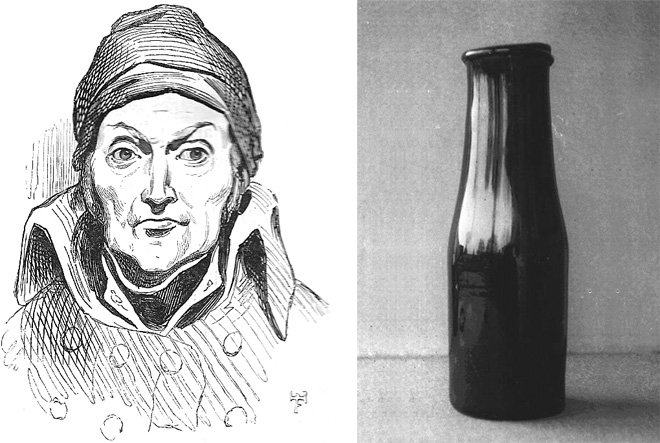
At left, a portrait of Nicolas Appert. Image credit: anonymous woodcut, circa 1841. At right, an Appert canning jar. Image credit: Jean-Paul Barbier collection, Musée de Châlons en Champagne.
The process he created around 1810 (and for which he won Bonaparte’s prize) is called Appertization, and it’s the basis for commercial canning and the sterilization techniques we use today.
Many home cooks, raised on fears of botulism, shy away from canning. But by following instructions and maintaining good, basic cleanliness, it’s easy and, dare I say, fun.
My first experience canning was after I bought a crate of apricots, those temptingly gorgeous slightly fuzzy ovals, just begging to be caressed. Alas, I discovered that I didn’t really like eating apricots out of hand, but I couldn’t bear to let them go to waste.
A quick search online led me to Ball, the jar company, and the Ball Blue Book of Preserving, which you may recognize from your mother’s or grandmother’s kitchen. It’s a stalwart, but sometimes the recipe scale is just so large, it can seem daunting. The Complete Book of Year-Round Small-Batch Preserving became my second starter guide.
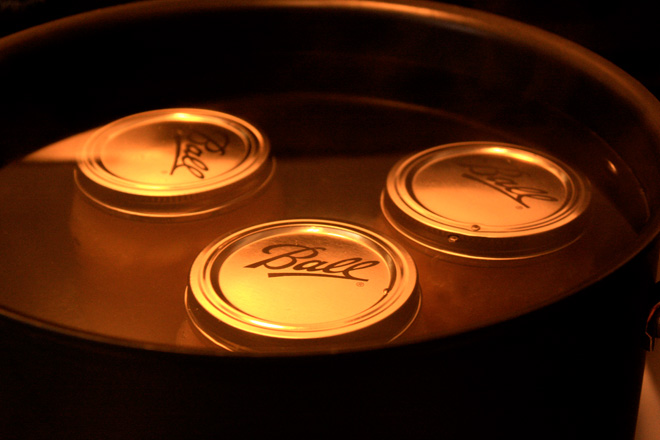
Preserves being heated in Ball jars. Image credit: Flickr user Amie Fedora.
The Fresh Apricot Jam recipe hooked me with its simplicity, and the jewel-like jars of the finished jam made me feel like a food genius.
Still, let’s face it. How many times have you gotten a jar of preserves or stared at your own handiwork on your shelves and not known how to use it all?
Brooks Vinton’s newest book, Put ‘Em Up, Fruit offers a guide and cookbook to not only put up fruit, but also ways to use up the put-up goods.“There’s only so much toast and scones you can eat,” Brooks Vinton says with a laugh.
Put ‘Em Up, Fruit is a terrific resource for using up that surplus jam by turning it into dipping sauces, using it as a base for a pan sauce with meat dishes or creating a flavorful vinaigrette. You name it and Brooks Vinton has come up with a way to use it up.
Starting with fruit and a make-it-yourself hot-water canner, the allure of fresh summer food can last all year long — even when it’s dismally cold and raining in January.
Before you know it, you might move on to canning vegetables, de-hydrating, salting or dry-curing meats and fish.
And don’t even get me started on pickles.
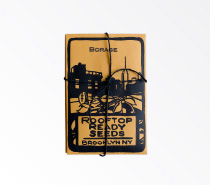 |
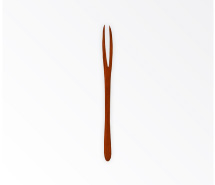 |
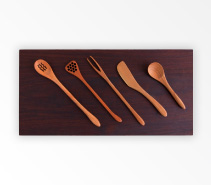 |
| Rooftop Ready Seeds | Pickle Fork | Deluxe Kitchen Set |
Laura Grimmer is a professional cook and sommelier who lives to eat, drink and provide sustenance. She came late to the culinary world, selling her PR firm and enrolling at the French Culinary Institute because of a borderline fixation on master chef Jacques Pépin. She left cooking school a classically trained chef with a deeply seated appreciation for tradition in the kitchen. www.perfectpairnyc.com.

